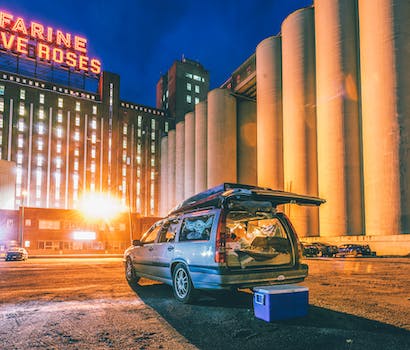-
Table of Contents
- Why Does a Desert Cooler Work Better on a Hot Day?
- The Science Behind Desert Coolers
- How Does a Desert Cooler Work?
- Why Does a Desert Cooler Work Better on a Hot Day?
- Benefits of Using a Desert Cooler
- Case Study: Desert Cooler vs. Air Conditioner
- Conclusion
- Q&A
- 1. Can a desert cooler work in humid conditions?
- 2. How often should I change the cooling pad in my desert cooler?
- 3. Are desert coolers noisy?
- 4. Can I use a desert cooler in conjunction with an air conditioner?
- 5. Are desert coolers suitable for commercial spaces?

When the scorching heat of summer hits, many people turn to desert coolers as a cost-effective and energy-efficient way to stay cool. But have you ever wondered why a desert cooler seems to work better on a hot day? In this article, we will explore the science behind desert coolers and why they are so effective in hot weather.
The Science Behind Desert Coolers
Desert coolers, also known as evaporative coolers, work on the principle of evaporation. When water evaporates, it absorbs heat from the surrounding air, causing the temperature to drop. Desert coolers use this natural process to cool the air inside a room or building.
How Does a Desert Cooler Work?
Desert coolers consist of a water tank, a pump, a cooling pad, and a fan. The pump circulates water from the tank to the cooling pad, which is usually made of cellulose or wood shavings. The fan then draws air through the wet cooling pad, causing the water to evaporate and cool the air.
Why Does a Desert Cooler Work Better on a Hot Day?
Desert coolers are most effective in hot, dry climates because they rely on low humidity levels to work efficiently. In humid conditions, the air already contains a high amount of moisture, making it difficult for water to evaporate and cool the air effectively. However, in dry climates, such as desert regions, the air is much drier, allowing for faster evaporation and better cooling.
Benefits of Using a Desert Cooler
There are several benefits to using a desert cooler, especially on hot days:
- Energy-efficient: Desert coolers consume less electricity compared to air conditioners, making them a cost-effective cooling solution.
- Environmentally friendly: Desert coolers use water as a cooling agent, making them more eco-friendly than refrigerant-based air conditioners.
- Improved air quality: Desert coolers add moisture to the air, which can help alleviate dry skin and respiratory issues.
Case Study: Desert Cooler vs. Air Conditioner
A study conducted by the Department of Energy in the United States compared the energy consumption of desert coolers and air conditioners. The results showed that desert coolers consumed up to 75% less energy than air conditioners, making them a more sustainable cooling option.
Conclusion
Desert coolers are a cost-effective and energy-efficient way to stay cool on hot days. By harnessing the power of evaporation, desert coolers can provide effective cooling in dry climates. Whether you live in a desert region or simply want to reduce your carbon footprint, a desert cooler is a great cooling solution for hot summer days.
Q&A
1. Can a desert cooler work in humid conditions?
No, desert coolers are most effective in dry climates where evaporation can occur quickly.
2. How often should I change the cooling pad in my desert cooler?
It is recommended to change the cooling pad every 3-6 months, depending on usage.
3. Are desert coolers noisy?
Desert coolers are generally quieter than air conditioners, but some models may produce noise during operation.
4. Can I use a desert cooler in conjunction with an air conditioner?
Yes, you can use a desert cooler to supplement the cooling provided by an air conditioner, reducing energy consumption.
5. Are desert coolers suitable for commercial spaces?
Desert coolers can be used in commercial spaces, but their effectiveness may vary depending on the size of the area and the climate.






